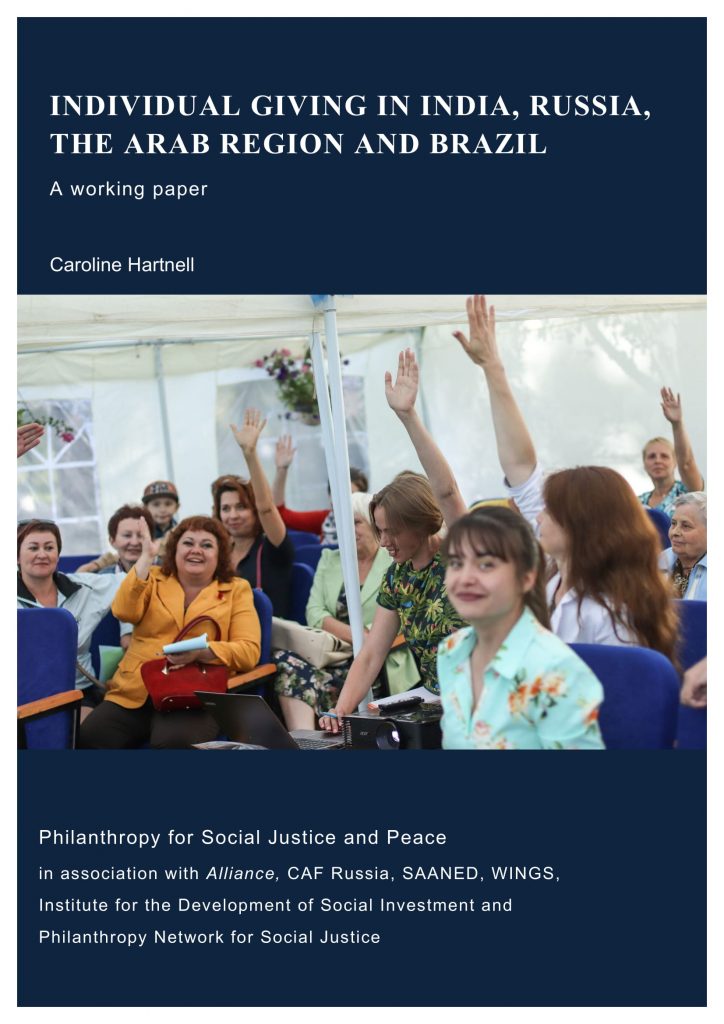Individual giving in India, Russia, the Arab region and Brazil
This paper It looks at the development of individual giving in India, Russia, the Arab region and Brazil, with a special focus on some significant trends: crowdfunding and online giving, national giving days/weeks, fundraising by NGOs, and the causes that individual donors give to. It then goes on to look at the significance of the rise in individual giving; the role of technology in this; and finally the kinds of things that would enhance individual giving.
